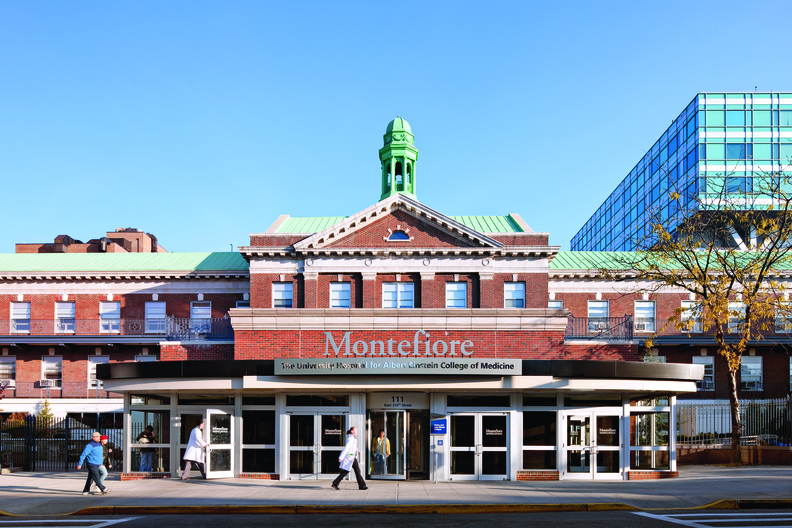More than 1,200 resident doctors and fellows at Montefiore Medical Center (MMC) in New York announced Tuesday that they are forming a union, citing burnout, low pay, and unsafe working conditions as their top grievances. Montefiore is one of the nation’s largest health systems, comprising ten hospitals and more than 200 clinics across Westchester, Hudson Valley and the Bronx.
Resident physicians have earned their medical degree and are participating in graduate medical training. To date, 10 medical residency programs have formed unions with SEIU’s Committee of Interns and Residents, growing its membership from 16,000 to over 23,000 since 2019.
“A lot of people don’t know the world of residency. We’re physicians, so they think we’re getting all the benefits and salary and honor of being a physician,” said Isuree Katugampala, a third-year medical resident at MMC. “But honestly, we are low wage workers when you consider the time we put in and the pay we get back.”
Medical residents are often expected to work 6 days and 80 to 100 hours per week, and typically earn $50,000 to $70,000 per year depending on their location. At MMC, residents say the pay and hours are unsustainable for New York City.
MMC residents who worked through the initial years of the pandemic say another reason for unionizing was the lack of proper resources for care for their patients. Rather than providing basic PPE, the hospital instead gave resident doctors garbage bags and Yankees rain ponchos and told them to make due.
“In the Bronx, we see these deep entrenched inequalities when it comes to health care access,” said Katugampala. “We’re organizing so that we have a say in our working conditions and in the quality of our patient care.”
In America’s for-profit health system, a key cost-cutting strategy for hospitals is to underpay and overwork thousands of medical interns and residents each year. Completing a residency program is a critical step for doctors pursuing a specialized medical practice. Medical residents’ salaries are mostly paid for by the federal government, which delivers the funding to hospitals with few stipulations on how it must be spent. As a result, resident doctors are vulnerable to exploitation and learning hospitals can become cash cows.
Medical residents say their working conditions can be unsustainable or even dangerous, with serious impacts on their mental and physical well-being.
“I work 80-hour weeks with multiple 24-hour shifts,” said Clare Wynne, a third-year pediatric resident. “Sometimes it’s 3am and you need to make important decisions and you’re 20 hours without sleep — it always feels like you’re failing people.”
Wynn and others said the debilitating work schedule expected of medical residents is part of why she’s organizing with fellow residents. “As the backbone of this hospital we are tired of being exhausted, overworked, and underpaid,” said Katugampala. “By unionizing, we’re asking MMC to invest in us, and invest in patient care for New York as a whole.”
Correction: An earlier version of this article misstated the number of medical residents in the MMC labor unit. It is roughly 1,200, not 1,400.



